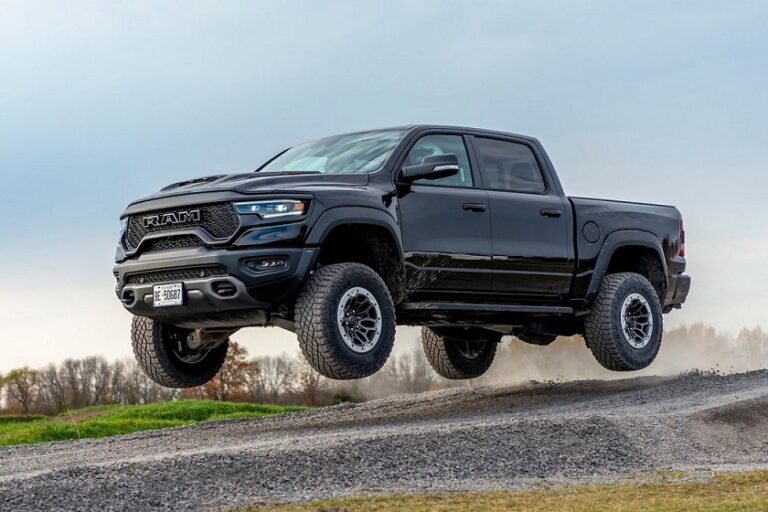
Untrained eyes may mistake a Ute and a Pickup Truck for one another at first glance. However, there are other factors at play that set these two vehicles apart from one another.
In this post, we’ll examine the key differences between these two cars to help you choose which one best meets your needs.
General Specs
First off, the fact that a pickup truck is a truck indicates that it differs significantly from a ute. Because utes are vehicles rather than trucks, they have substantially less internal storage space and overall loading capability.
Difference Between A Ute And A Pickup Truck
Both vehicles feature a truck bed for storage, but because trucks have larger cabins, they offer greater internal storage for placing stuff behind the seat. They are made up of two interchangeable sections, a cab, and a bed, depending on the look you choose.
The Ute still consists of one whole car piece that cannot be disassembled and swapped because it was originally built by chopping the rear roof panel off. Typically a passenger vehicle with a two-wheel drive majority of the time.
This benefit is that you won’t have any trouble operating it because utes operate similarly to other cars. In terms of size and parking, a pickup truck is undoubtedly more difficult to drive and demands more skill. But to make up for it, most of them are available in 44 versions, making them the ideal off-road partner.
The issue of nationality comes next. Although pickup trucks are preferred in the US, utes are the preferred vehicle in Australia.
The History of the Ute vs the Pickup Truck
The idea for the utes came from a farmer’s wife who reportedly wrote to Henry Ford personally, asking for a car that would let her and her husband carry sheep or pigs while simultaneously taking the family to church on Sunday.
Ford created the Ford Australia Coupe Utility in 1934 as a result, which served as the prototype for the country’s famous utes.
In the United States, pickups soon followed. Perhaps the most common and well-known trucks are the Toyota HiLux, Ford Raptor, and other well-known models. The Nissan Navara, Isuzu D-Max, and other well-known utes are also among the most well-liked and well-known models available today.
Here are the specifications of an actual ute and a pickup that we used to compare these two vehicles to better illustrate the differences between them.
Nissan Navara (Ute)
Even within the cabin, this car has a surprisingly high cargo capacity and all the luxuries you could want. There are options for a single and a crew cabin, which both offers increased loading space.
Additionally, Navarra has a powerful engine despite being highly fuel-efficient.
The Nissan Navara’s compact size and ease of handling, specifically while parking, make it even more appealing. Specifically, when compared to a pickup truck, its fuel efficiency is possibly unmatched.
Ford Raptor (Pickup)
This robust truck serves as an example of why pickup trucks are intended to tow greater loads. It impresses with its amazing freight-hauling skills and rides smoothly thanks to adjustable springs. It can drag up to 4,000 kg, making it a true heavyweight champion.
A plus over a ute, which normally comes in a single cab configuration with limited customization options, is that the Raptor allows an endless number of cab combinations (single, dual, and even super cap).
Conclusion:
It all depends on your lifestyle and what you want from a car; both sorts of vehicles are dependable and durable vehicle companions.
Their differing beginning positions are the key distinction between a truck and a ute. Trucks are frequently built from the ground up to be trucks, but most utes are based on regular passenger sedans.
If you want a more durable vehicle that you can operate off-road and can carry all of your stuff without worrying about space, choose a truck.
If you’re searching for a car-like vehicle with additional features and tonnes of storage space in the back—and you’re an Australian, of course—go with a ute.